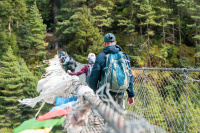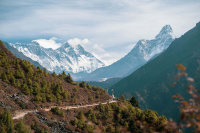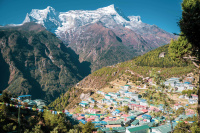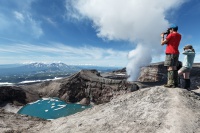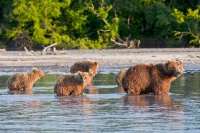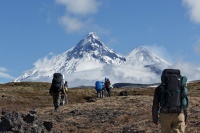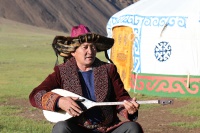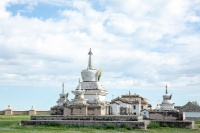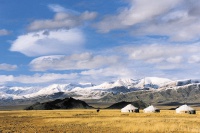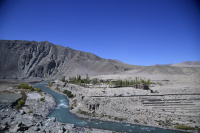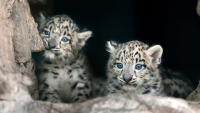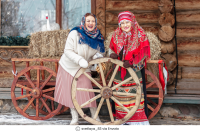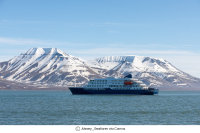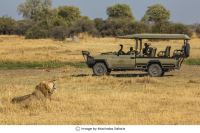-
Top 5 Lesser Known Festivals in Mongolia
Mongolia, a nation steeped in cultural richness and time-honored traditions, boasts a plethora of festivals that showcase its unique heritage. These festivals have been passed down through generations, serving as symbolic expressions of the country's values and beliefs, and continue to hold great significance in modern Mongolia. If you're planning a trip to this nation, timing it to coincide with any of these five captivating festivals is a must.
Contrary to many opinions, there are a lot more things to do and places to visit in Mongolia. So, without further ado, let's get to it!
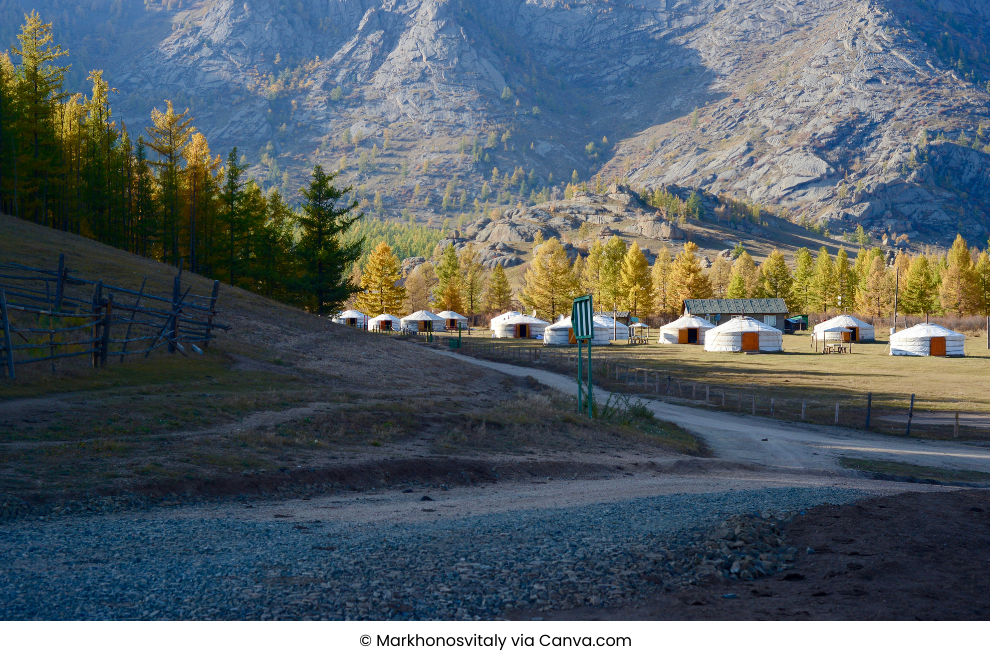
The Golden Eagle Festival
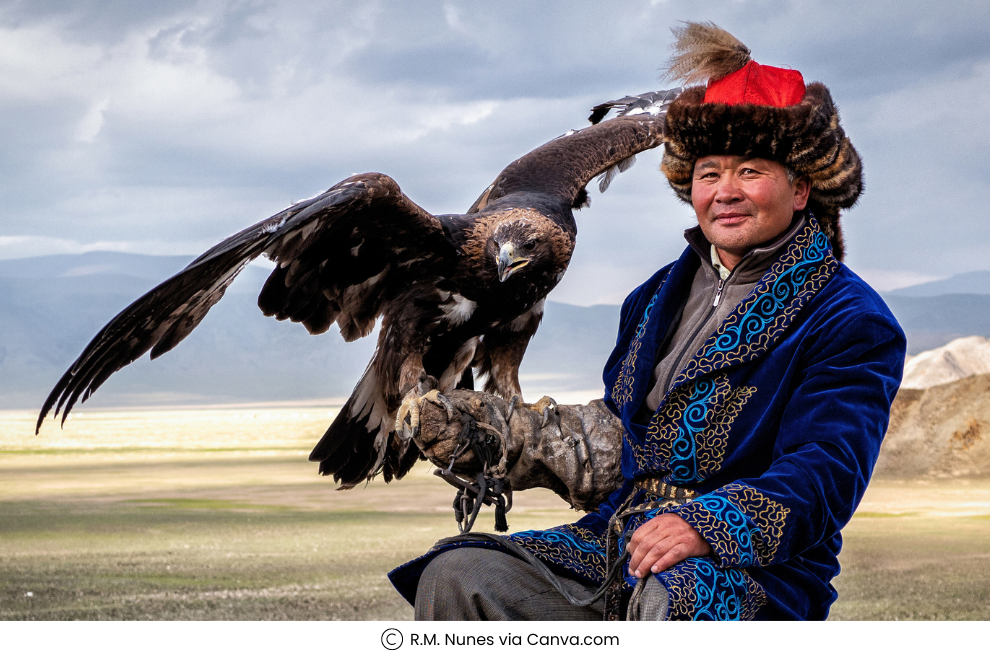
What is it?
It's not only a celebration but also a traditional Kazakh hunting practice and cultural heritage. Since 2000, the festival has entertained visitors from all over the world with amazing falconry, exciting horse races, and other fascinating activities.
When does it take place?
It takes place in October and usually lasts for two days. Dates can vary from year to year.
Where does it take place?
It takes place in the Bayan-Ulgii province in Western Mongolia.
Why is it celebrated?
It is celebrated to honor the ancient tradition of eagle hunting, which has been practiced by the Kazakh nomads in the region for centuries. The festival started in the year 2000 as a way to promote and preserve the traditional hunting practices of the Kazakh people.
Highlight: Trained eagles are released from a mountaintop to catch prey such as foxes or rabbits, while their owners gallop on horseback below.
Thousand Camel Festival
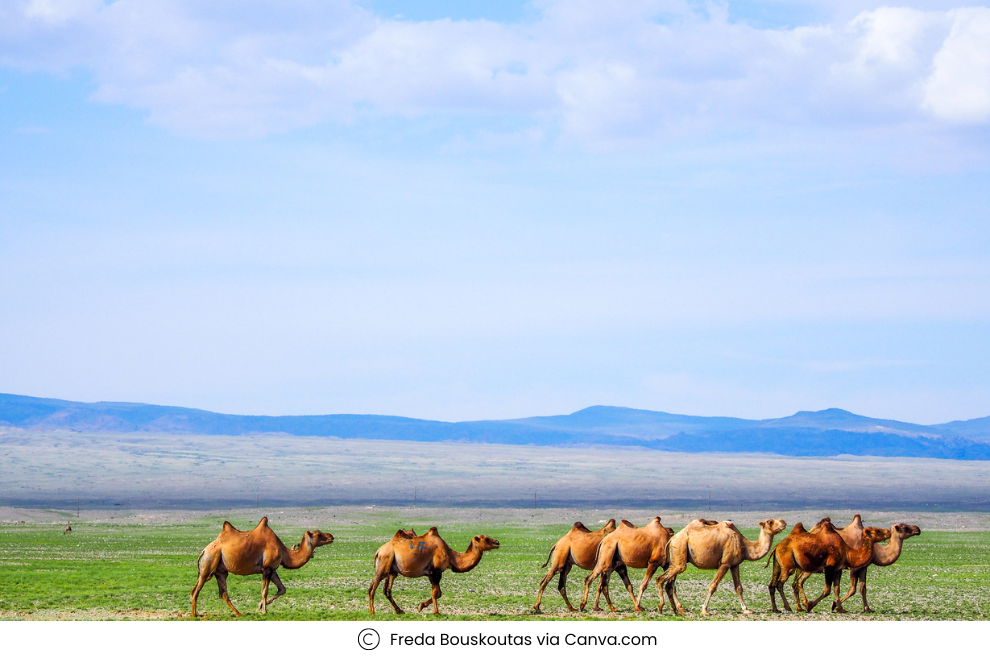
What is it?
Every year, people in Mongolia have an annual event called the Thousand Camel Festival. The festival is all about the Bactrian camel, which is really important to the way of life in Mongolia.
When does it take place?
The festival takes place in early March.
Where does it take place?
The festival takes place in the Gobi desert region of Mongolia, specifically in and around the city of Dalanzadgad.
Why is it celebrated?
The festival not only provides entertainment for locals and tourists but also serves as a way to promote and preserve Mongolian culture and traditions surrounding the Bactrian camel. It also helps support the livelihoods of nomadic herders who rely on these animals for transportation, milk, and wool.
Highlight: They hold a beauty pageant for camels!
Tsaatan Festival
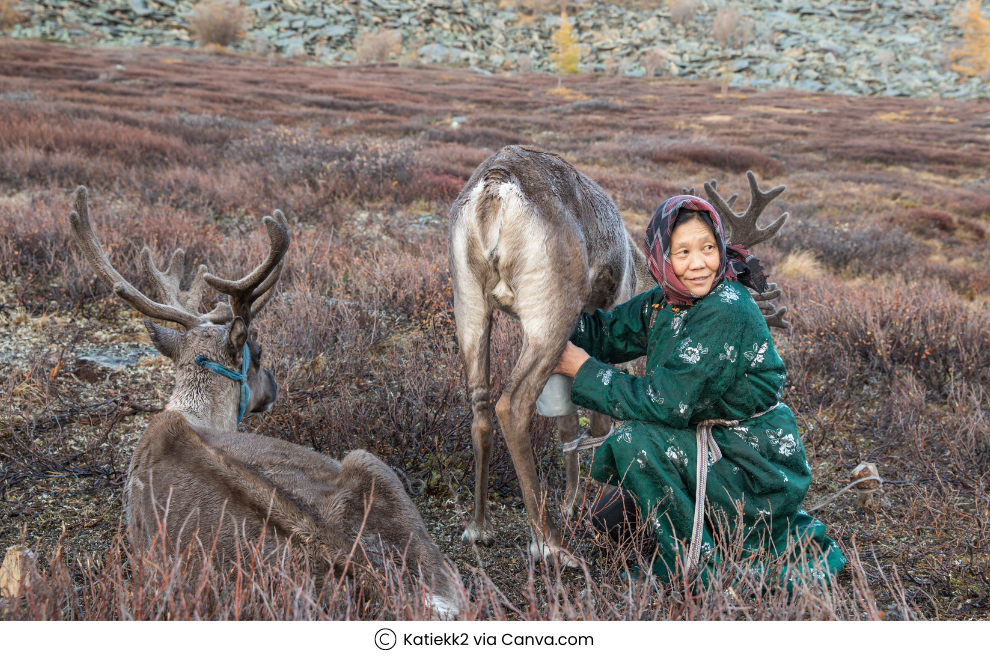
What is it?
The festival celebrates the traditional lifestyle and culture of the Tsaatan, a nomadic tribe known for their reindeer herding. This festival is an important event for the Tsaatan community as it serves to showcase their unique way of life and their connection with nature!
When does it take place?
The Tsaatan Festival typically takes place in July.
Where does it take place?
The festival takes place in the remote Taiga region of northern Mongolia, where the Tsaatan people live and herd their reindeer.
Why is it celebrated?
The Tsaatan Festival is celebrated to promote and preserve the traditional lifestyle and culture of the Tsaatan people, who have lived in the region for centuries. During the festival, visitors can witness traditional Tsaatan practices such as reindeer herding, hunting, and horsemanship.
Highlight: The reindeer race, where visitors can watch the Tsaatan people race their reindeer. This is a unique and exciting event that is not found in many other parts of the world.
Nomads Day Festival
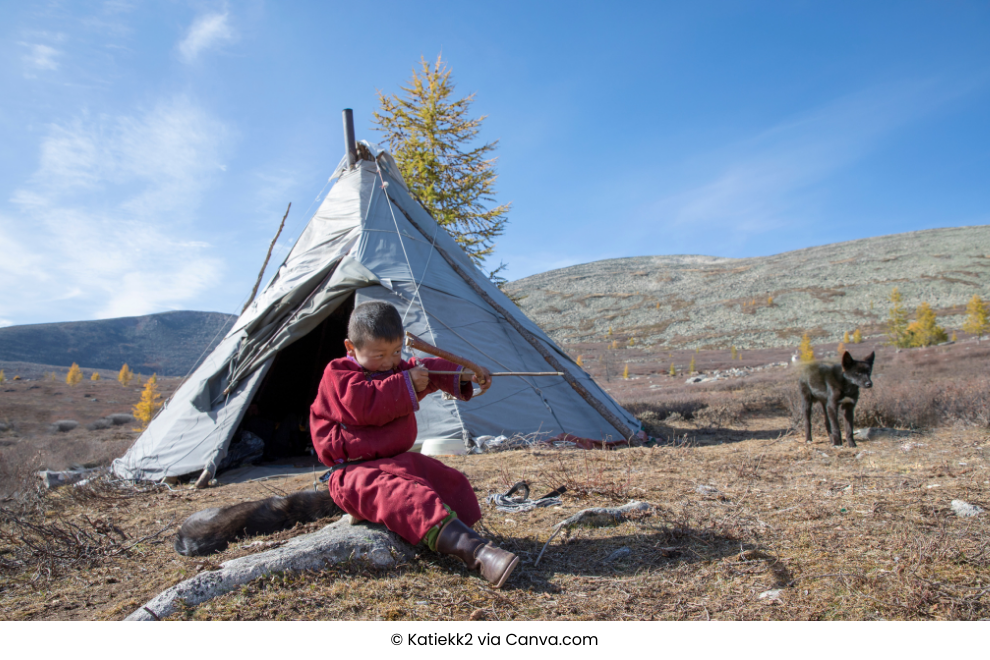
What is it?
It is a festival that highlights the nomadic culture of Mongolia. The festival features games based on ten nomadic customs, including putting up a yurt, moving a yurt on a cart pulled by yaks, arranging furniture inside a yurt, and serving tea with milk.
When does it take place?
2nd week of September
Where does it take place?
Every year, the Nomads Day Festival is celebrated in the Natural Reserve of Gun-Galuut, which is located to the east of Ulaanbaatar.
Why is it celebrated?
The festival is an opportunity for locals and tourists alike to learn about and appreciate the traditional way of life that has shaped Mongolian culture for generations.
Highlight: There are also traditional nomadic games such as catching a lasso while riding a galloping horse!
Khövsgöl Ice Festival
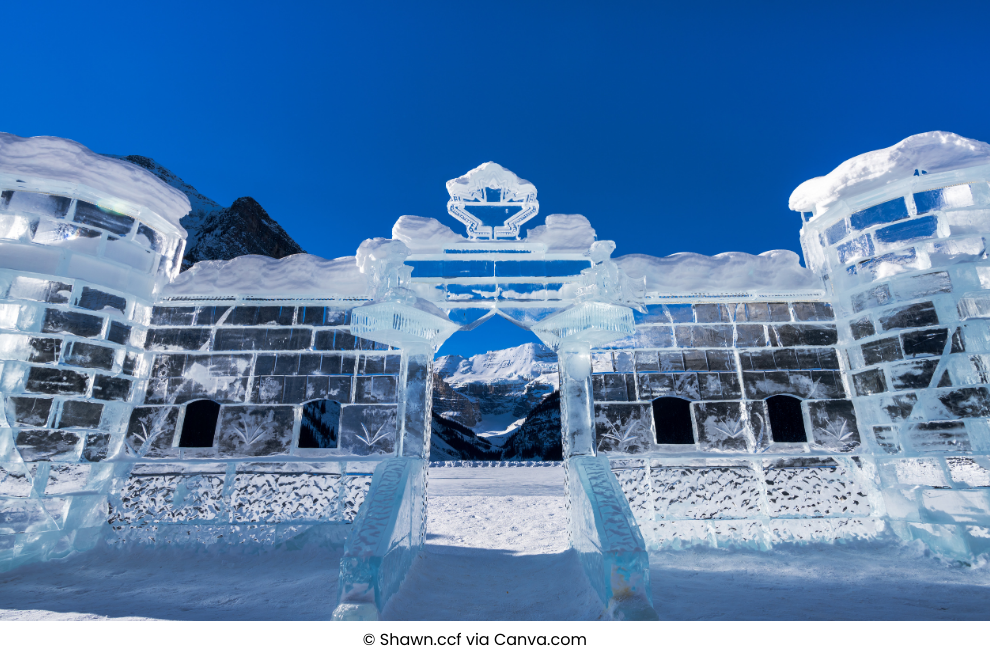
What is it?
The Khövsgöl Ice Festival is an annual event held on the frozen surface of Lake Khövsgöl in northern Mongolia. The festival celebrates winter sports and activities, such as ice skating, ice football, ice fishing, and traditional Mongolian games. They also have an ice football tournament.
When does it take place?
The festival typically takes place in late February or early March
Where does it take place?
The festival takes place on Lake Khövsgöl, which is located in the northern part of Mongolia near the Russian border. The lake is one of the largest and deepest freshwater lakes in Asia.
Why is it celebrated?
The festival is a way for Mongolians to celebrate the winter season and the unique culture of northern Mongolia. It also helps to promote tourism in the region and raise awareness about environmental issues.
Highlight: One of the highlights of the Khövsgöl Ice Festival is the ice sculptures, which are created by local artists and craftsmen.
What are the efforts taken to preserve Mongolian heritage?
Traditional Craftsmanship:Mongolia has a rich tradition of handicrafts, such as textiles, jewellery, and wood carvings made using traditional methods. Efforts are underway to promote and preserve these crafts, with programs aimed at training new artisans and marketing their products.
Language preservation:
The Mongolian language is a member of the Altaic language family. The language is an important part of Mongolian heritage and culture, as it reflects the country's history, traditions, and identity. To ensure the preservation of the Mongolian language, efforts are being made to promote and teach it in schools across the country.
Oral traditions:
Mongolia has a rich tradition of oral history, with many stories and legends passed down through generations. Efforts are underway to preserve and record these oral traditions, which provide a unique insight into the country's cultural heritage.
Promotion of traditional practices:
Various festivals and events are organized to promote and preserve traditional Mongolian practices such as horse racing, archery, and wrestling.
Conservation of sites:
People in Mongolia are working to protect old and important places like the Erdene Zuu Monastery and the Orkhon Valley Cultural Landscape. The government and other groups are helping to preserve these places for the future.
Festivals in Mongolia serve as a reminder to the local people of the importance of their cultural heritage and traditions. For visitors from other countries, these celebrations also offer a glimpse into the nomadic lifestyle of the Mongolian people and the deep connection they have with their land.
Want to learn more about Mongolia? Click on the link!
Ready to embark on your next adventure? Fill out the form below and let our experts curate your dream getaway!
All Fields are mandatory*-
Related Tours
-
Recent Blogs
-
